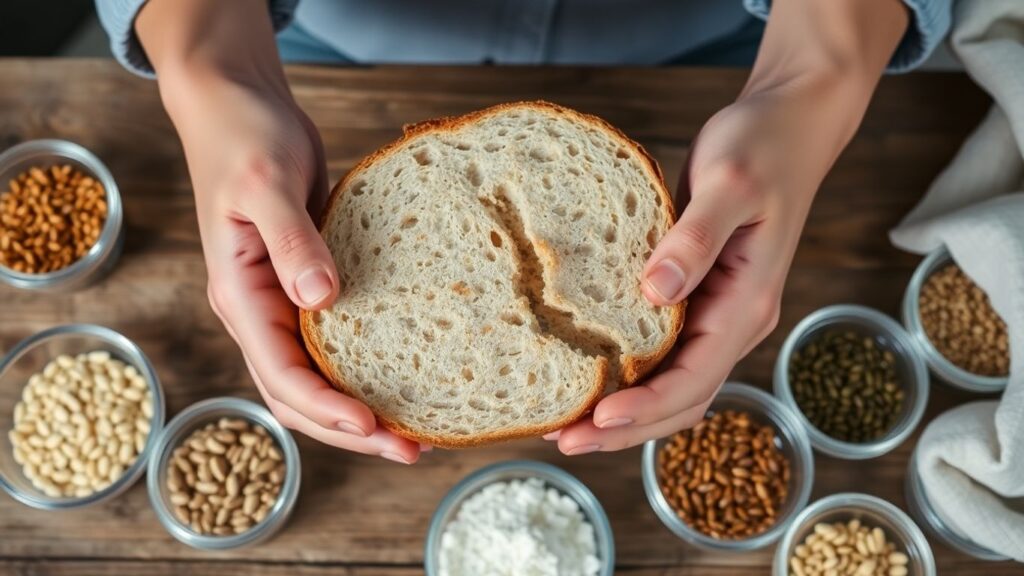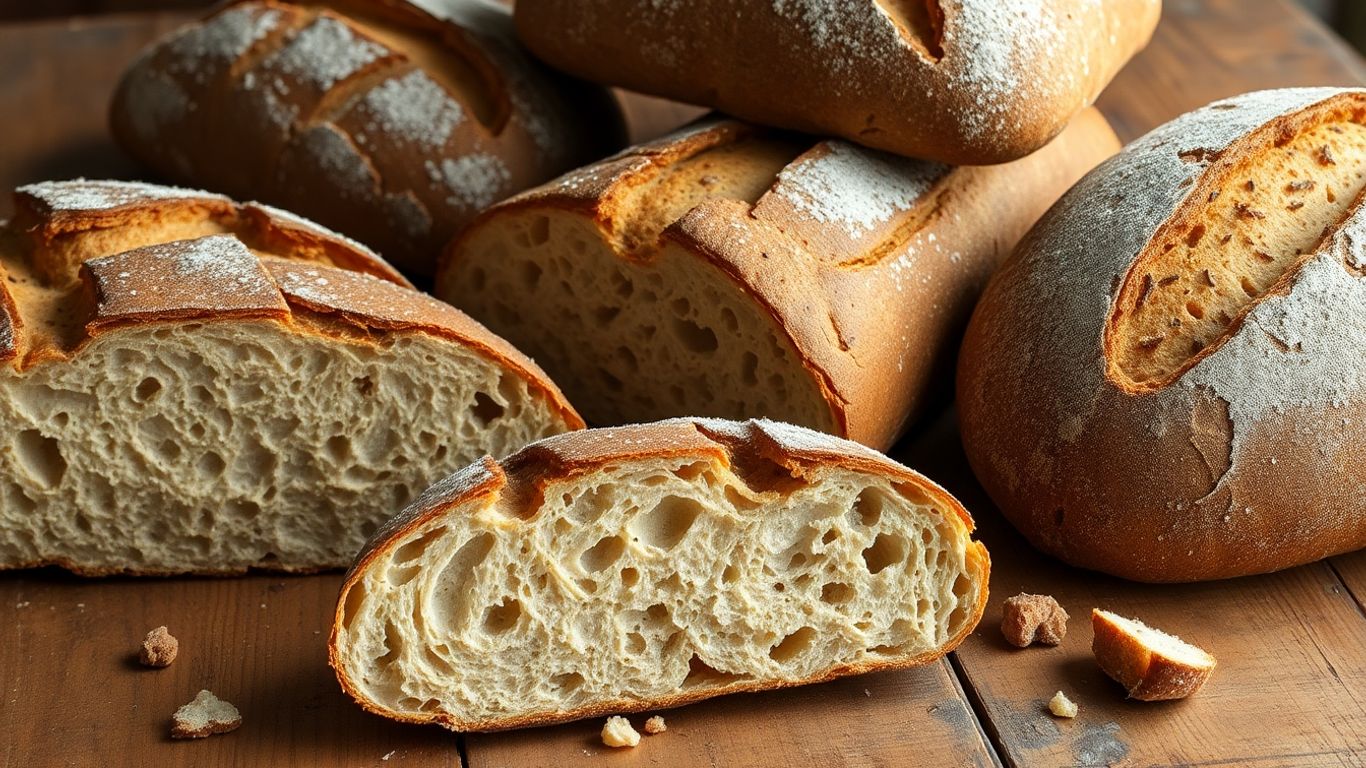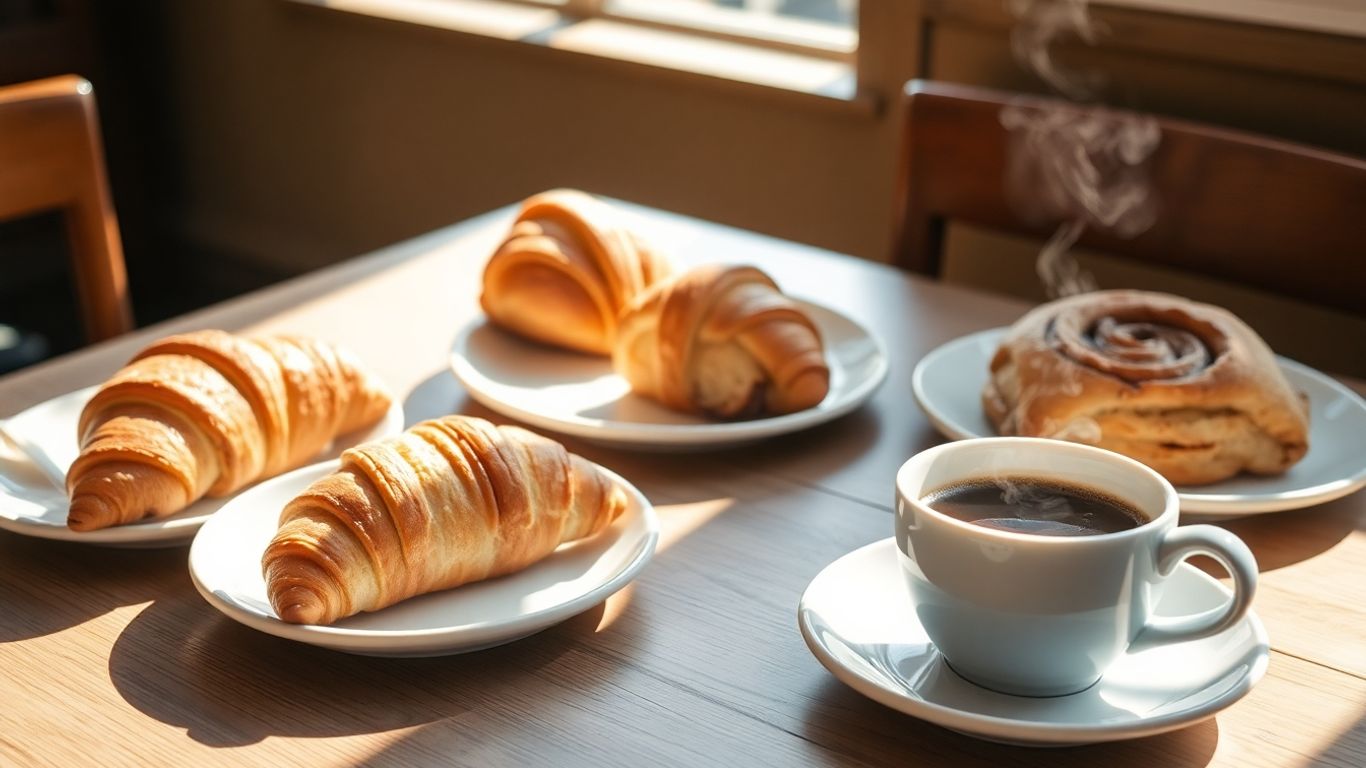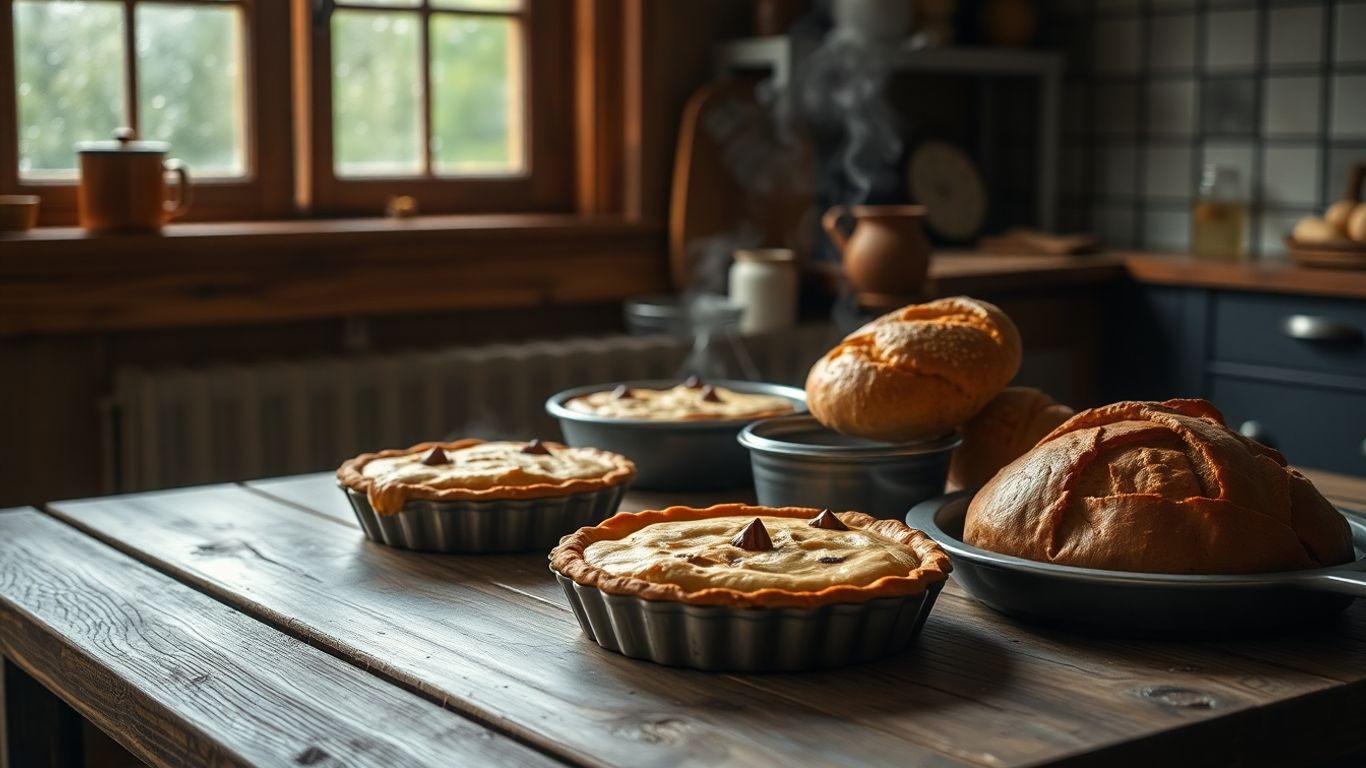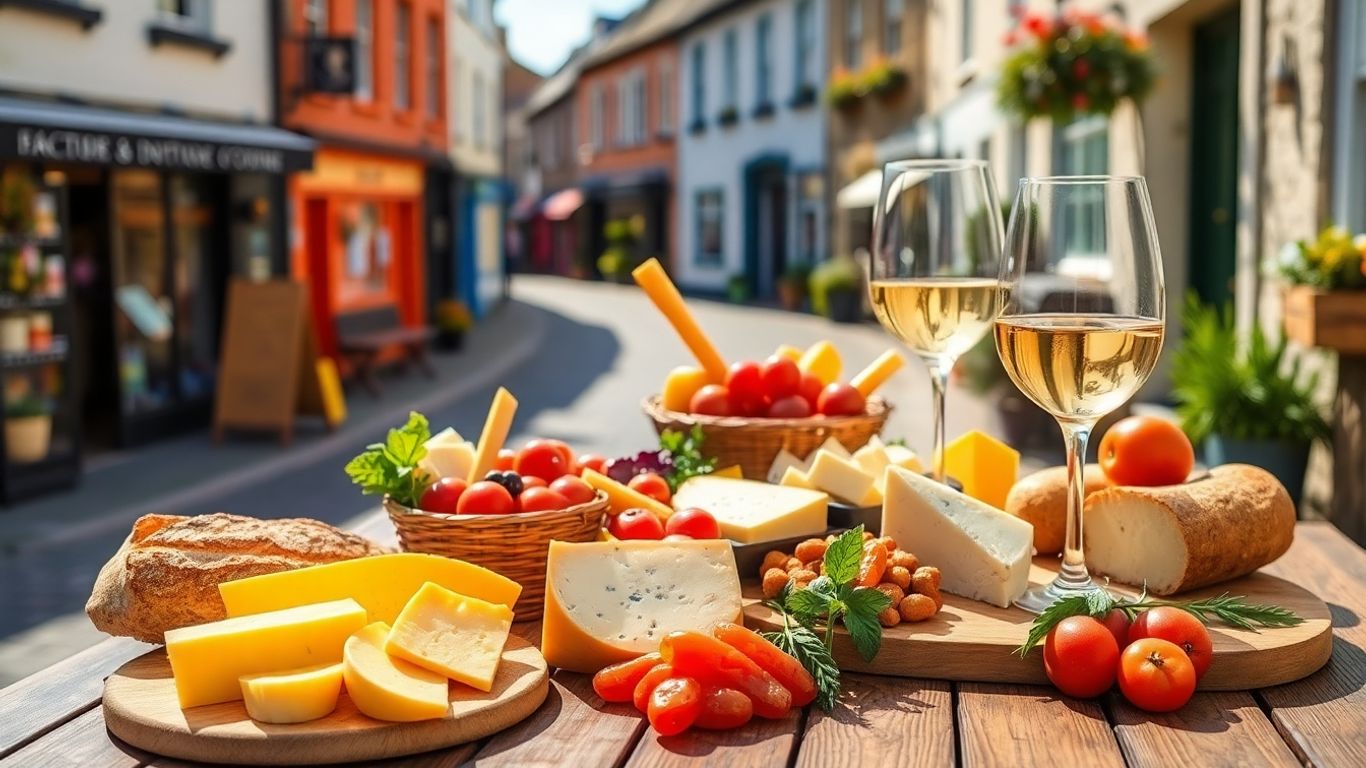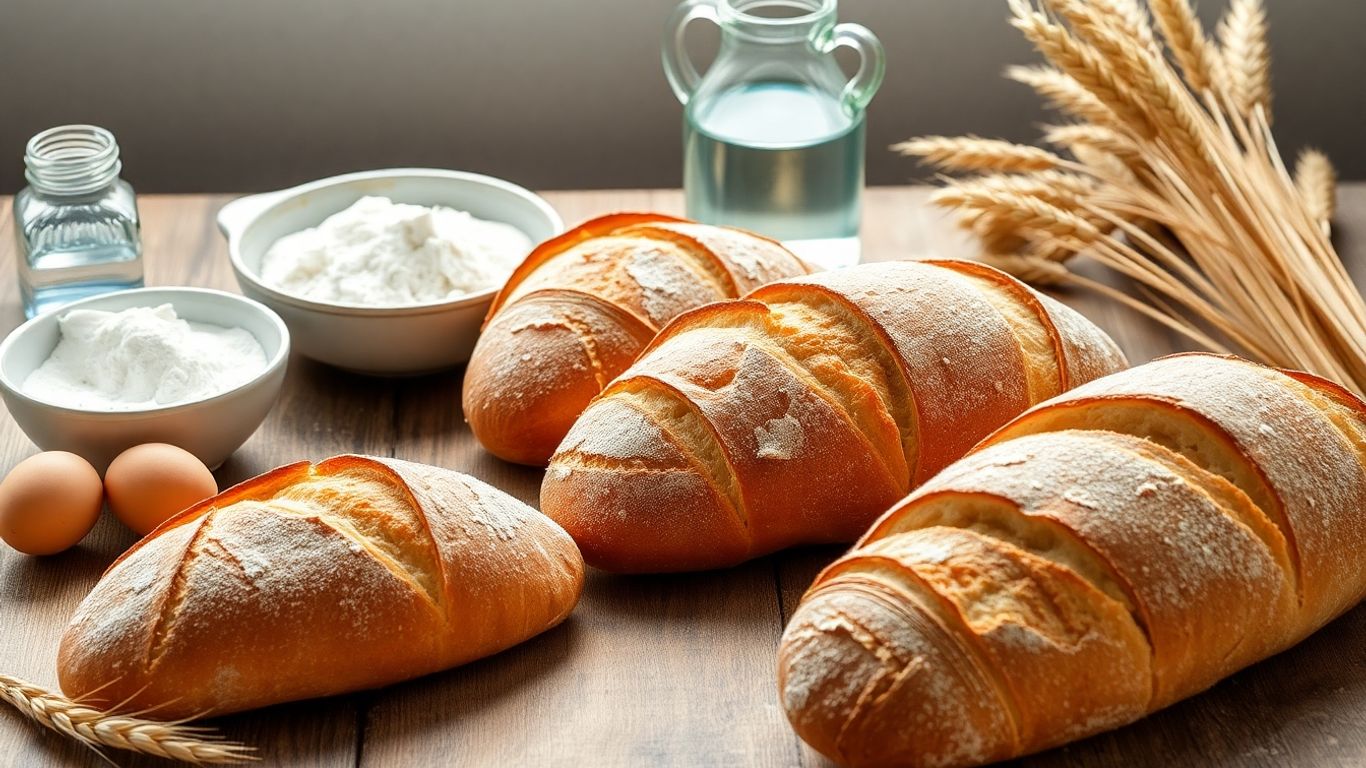Ever stood in the bread aisle, squinting at labels and wondering what half those ingredients even mean? You’re not alone. Finding clean label bread can feel like a guessing game, especially with all the extras and buzzwords thrown around. Let’s break down how to read a bread label, spot the additives you can skip, and actually find a loaf that’s as simple as it sounds.
Key Takeaways
- Scan the ingredients list for short, familiar items – that’s a good sign you’ve found clean label bread.
- Be wary of front-of-package claims like ‘multigrain’ or ‘made with whole grain’ – always check the full ingredients list for the real story.
- Skip breads with a laundry list of additives or preservatives; the best choices usually have just flour, water, yeast, and salt.
Decoding Bread Ingredients for Clean Label Bread
When you’re standing in the bread aisle, all those labels and ingredient lists can get a bit overwhelming. You might see loaves shouting about being “whole grain” or “all natural,” but unless you know how to read that ingredient list properly, you could end up with a bread that’s packed with stuff you don’t really want. If you want simple, honest bread, learning to read the label is non-negotiable.
Spotting Additives and Preservatives
You’ll want to keep an eye out for some common red flags. Many shop-bought breads tack on ingredients that help them stay soft for weeks or keep the dough easy to work with. Most of us could do without these extra chemicals. Here’s what to watch for:
- E-numbers (like E282 or E471) – usually preservatives or emulsifiers to extend shelf life or texture.
- Dough conditioners such as “mono- and diglycerides,” “DATEM,” or “azodicarbonamide”. These make dough easier to handle, but don’t add anything good for you.
- Artificial sweeteners or high-fructose corn syrup. Even some “healthy” looking breads sneak these in.
A short, recognisable ingredient list is best. If your bread’s label reads almost like a chemistry lesson, you might want to put it back.
A good rule of thumb: If you can’t pronounce it, or wouldn’t use it when baking bread at home, it’s probably not needed.
Understanding Ingredient Order and Whole Grains
This bit trips a lot of people up. Ingredients are always listed in order of how much they’re used in the recipe. So the first ingredient is the main player. Want proper whole grain bread? Check that the first thing on the list is “whole grain wheat flour” or something similar.
Here are some terms that aren’t as healthy as they sound:
- “Wheat bread” – Most bread is wheat, but unless it says “whole wheat flour” first, it’s likely refined.
- “Multigrain” – Just means there’s more than one grain, not that it’s healthy. It still might be mostly white flour.
- “Made with whole grains” – Could mean a tiny sprinkle of whole grains. Always check what’s listed first.
A proper clean label bread will have a short list, clear whole grains listed early, and no unnecessary additives. That’s your best bet for something closer to homemade, even when it comes from the bakery section.
Common Additives in Bread and Safer Alternatives

So, you want to eat bread that’s as close to homemade as possible? Let’s talk about all those extra things that sneak into everyday bread—and what you can pick instead for something simpler and easier on your body.
Preservatives, Emulsifiers, and Sweeteners to Avoid
Bread can have a surprising list of extras, and not all of them sound like food. Here are a few usual suspects:
- Calcium propionate and sodium benzoate: added to stop mould but can cause headaches or stomach upsets in some people.
- Potassium bromate: used to improve texture and volume, but it’s controversial and banned in some countries.
- Mono- and diglycerides (emulsifiers): these keep bread soft for longer but are highly processed.
- Artificial sweeteners like sucralose: sometimes slipped into “light” or “diet” bread brands. There’s some concern about their effect on blood sugar and health.
Really, the fewer ingredients your bread has, the less likely you are to eat something your body doesn’t actually want—or need.
Choosing Clean Label Bread with Simple Ingredients
There’s good stuff on the shelf if you know what to look for:
- Look for breads with just flour, water, yeast, salt, maybe a tiny dash of oil
- Sourdough and soda bread often have shorter ingredient lists and are easier on digestion
- 100% whole grain or sprouted grain breads, like Ezekiel or rye bread, tend to skip most additives entirely
Here are a few easy swaps you can make for a simpler loaf:
- Choose bread labelled “100% wholegrain” or “sprouted grain” instead of “enriched” or “multi-grain” (which might still use white flour).
- If you spot any number codes or long chemical names in the list, put it back—there’s a purer option somewhere down that shelf.
- Try sourdough or traditional soda bread for naturally longer shelf life and simple ingredients.
Choosing bread with a short, recognisable ingredient list is the easiest way to skip the nasties and still have a tasty sandwich.
For a proper quality loaf, a simple habit of reading bread labels and searching for the shortest list does wonders. Next time you’re at the shop, challenge yourself: grab a few loaves and compare labels! You’ll be surprised at what’s packed inside—and relieved at what you can avoid.
Misleading Marketing and Labelling Tricks to Watch For

Sometimes buying bread feels like walking through a bit of a minefield. Those labels on the front? They’re meant to catch your attention, but they don’t always tell you the full story. Let’s break down where things get questionable and what you can do to spot a genuinely better loaf.
Unpacking Front-of-Package Claims
The first thing you see is usually a bold claim at the front—”wholegrain”, “multigrain”, or “all natural”. These sound healthy, but they’re not always what they seem. Food companies know what you want to hear, so they slap these words on even if the ingredients inside are overly processed or loaded with stuff you’d rather avoid. Sometimes, you’ll find a big tick, a healthy heart symbol, or a star. These graphics are often voluntary. They might highlight what’s good but hide what’s not so good, like high sodium or added sugars.
Be wary of these front-of-package tricks:
- “Multigrain” doesn’t mean 100% wholegrain—it could be mostly white flour with a sprinkle of grains.
- “Natural” isn’t a regulated term, so it tells you nothing about preservatives or processing.
- Bright health stamps or checkmarks can create a false sense of goodness, especially if you don’t read the small print.
Front labels can also gloss over things like ultra-processed ingredients common in packaged loaves—things like emulsifiers, preservatives or hidden sugars. If you want to sidestep these traps, it’s important to remember that many breads—even the fancy ones—rely on processed components you might prefer to avoid (see this discussion of common ultra-processed ingredients in bread).
Recognising True Clean Label Bread
So how do you figure out what’s genuinely clean? Skip salesy fronts and head straight to the ingredient list and nutrition information panel. Here’s what to keep an eye out for:
- Short, familiar ingredient lists—think flour, water, yeast, salt.
- Don’t get distracted by the order of the list—if sugar, preservatives or oils show up early, it’s best to put that loaf back.
- Watch for hidden additives (like calcium propionate or diglycerides) even if the bread says “fresh” or “simple” on the front.
| Front Label Claim | What It Might Really Mean |
|---|---|
| Multigrain | Contains multiple grains, but mostly white/refined flour |
| Natural | Typically unregulated—could still have synthetic additives |
| No Preservatives | Might use other shelf-stabilising ingredients |
| Wholegrain | Check if it’s the first ingredient—not just a minor addition |
The front label is almost like a headline, but the real story is in the ingredients and nutrition facts on the back. Don’t let a pretty logo or buzzword do the shopping for you—take those few extra seconds to read past the packaging.
Sticking to these habits makes it harder for brands to fool you with clever marketing, letting you grab bread that’s actually as wholesome as it looks.
Don’t be fooled by flashy labels and clever marketing! Companies sometimes use tricks that make food seem healthier than it really is. Want to learn how to spot these sneaky tactics and make smarter choices? Visit our website for simple tips to help you shop with confidence.
Wrapping Up: Bread Labels Made Simple
So, that’s the lowdown on bread labels. It might seem like a lot at first, but once you get the hang of it, you’ll be able to spot those sneaky additives and make better choices without much fuss. Just remember to check the ingredients list, keep an eye out for words you can’t pronounce, and don’t get fooled by flashy claims on the front. The shorter and simpler the list, the better. Next time you’re in the bread aisle, you’ll know exactly what to look for—and what to leave on the shelf. Happy sandwich making!
Frequently Asked Questions
How can I tell if bread has lots of additives?
Check the ingredients list! If you see a long list of words you don’t recognise, like ‘mono- and diglycerides’, ‘calcium propionate’, or ‘DATEM’, the bread likely has lots of additives. It’s best to pick bread with a short list of simple ingredients you know, like flour, water, salt, and yeast.
Is ‘multigrain’ bread always healthier than white bread?
Not always! ‘Multigrain’ just means the bread has more than one type of grain, but those grains might still be refined and not whole. Look for ‘100% whole grain’ or ‘whole wheat’ as the first ingredient to make sure you’re getting more fibre and nutrients.
What does ‘clean label’ bread actually mean?
‘Clean label’ usually means the bread is made with simple, easy-to-understand ingredients and doesn’t have artificial preservatives, colours, or additives. But be careful—there’s no official rule for using ‘clean label’, so always read the ingredients list to be sure.

